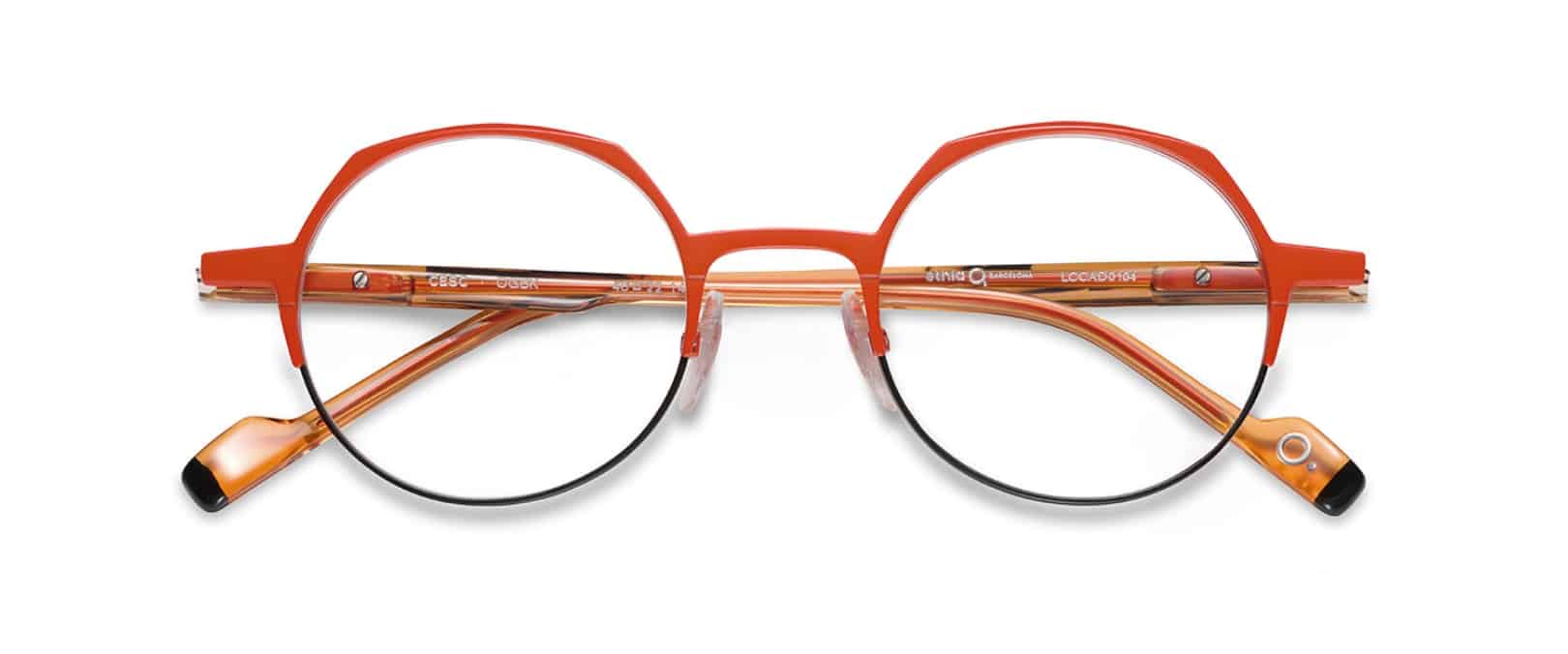Retina Can Predict the Path of Moving Objects
Wednesday, January 5 2022 | 09 h 07 min | Vision Science
Researchers at the University of Washington have shown that the retina can create the information needed to predict the path of a moving object before visual signals even leave the eye. Knowing how the retina senses and transmits visual signals will help scientists develop technologies that may restore more meaningful vision for individuals who have advanced vision loss.
Published in the prestigious journal Nature Neuroscience, Dr. Manookin led a team, which included two lead authors who were undergraduate students!
Dr. Manookin’s team studied how light signals are passed from hundreds of cone photoreceptors to dozens of bipolar cells to a small number of retinal ganglion cells (RGC) in an animal model. RGCs make up the optic nerve which sends light signals to the brain. The brain uses this information to create vision and as this paper shows, predict where a moving object will go.
The researchers found that when a bipolar cell receives a light signal it communicates this to neighboring bipolar cells, so when they receive a signal, they are already “primed” and are able to receive and transmit visual signals more strongly and quickly. This series of signals is sent to the brain and allows the brain to predict where an object is going. Impressively, the RGCs were almost as effective at sending predictive data as a computer program.
As researchers are developing innovative treatments to restore vision, including artificial retinas and retinal prostheses, studies like this may help them create technologies that provide more functional and effective visual outcomes.








